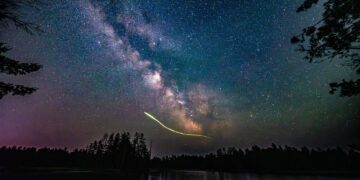December 2024 offers a cosmic spectacle unlike any other, with its long nights perfectly suited for stargazers and astronomy enthusiasts.
Jupiter Opposition: A Planetary Giant Takes Center Stage
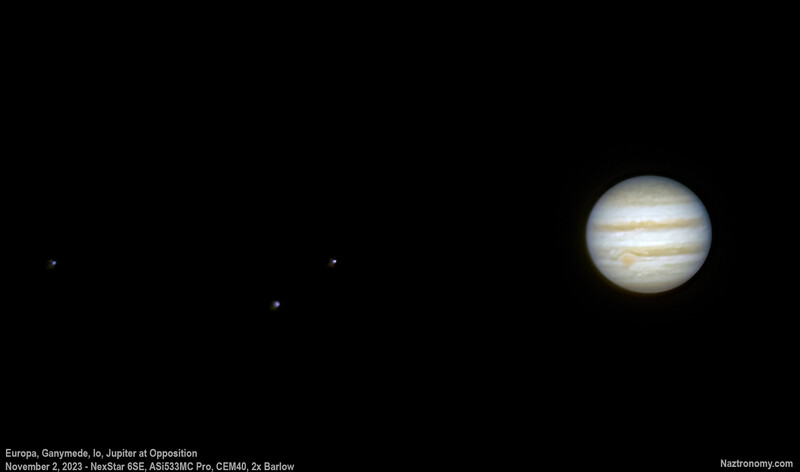
On December 7, Jupiter reaches opposition, an astronomical event where the planet appears opposite the Sun in the sky, making it visible all night. This opposition coincides with Jupiter’s closest approach to Earth, resulting in the planet shining brighter than at any other time this year. Jupiter’s brilliance is due to its massive size and highly reflective cloud tops. As the largest planet in the solar system, Jupiter reflects sunlight with extraordinary efficiency.
At opposition, its proximity to Earth amplifies its luminosity, creating a breathtaking view that requires no telescope. However, for those equipped with binoculars or telescopes, an even more rewarding sight awaits—Jupiter’s four largest moons: Io, Europa, Ganymede, and Callisto, collectively known as the Galilean moons. The next time Jupiter will be this bright won’t be until January 2026, making this event a rare treat. For astronomers, opposition provides an ideal opportunity to study the planet’s atmosphere, storm systems, and even its iconic Great Red Spot. The data collected during such periods contributes significantly to our understanding of gas giants and their role in planetary system formation.
Geminid Meteor Shower: A Spectacular December Show
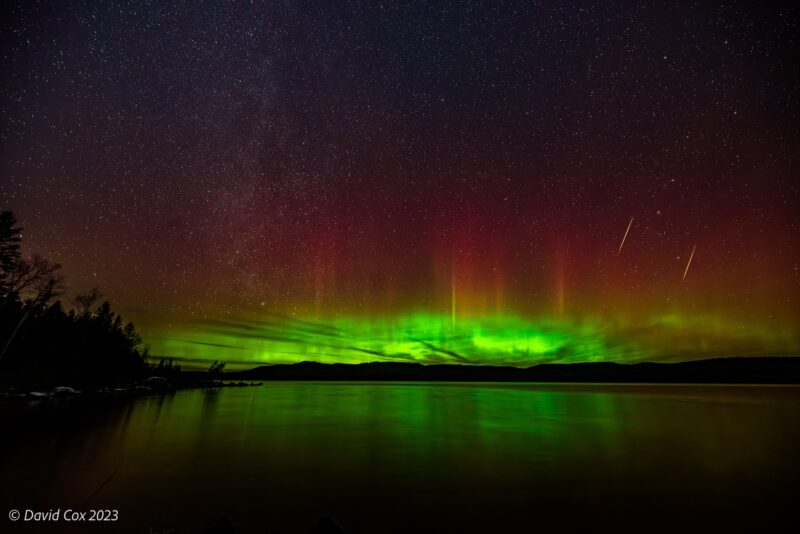
The Geminid meteor shower, peaking on the night of December 12-13, is widely regarded as one of the most prolific meteor showers of the year. With up to 120 meteors per hour, the Geminids create a dazzling display of shooting stars across the sky. The Geminids originate from the asteroid 3200 Phaethon, an unusual source for meteors as most showers stem from comets.
As Earth passes through Phaethon’s debris trail, particles burn up in the atmosphere, creating the streaks of light we see. The shower’s radiant point lies in the Gemini constellation, hence its name. This year, a nearly full moon will reduce visibility for dimmer meteors. To maximize viewing, experts recommend finding dark areas away from city lights and positioning yourself where the moon is out of sight. The Geminids’ colorful meteors—ranging from bright yellow to green—make them a standout event, even under less-than-ideal conditions.
December’s Full Moon: The Cold Moon Rises
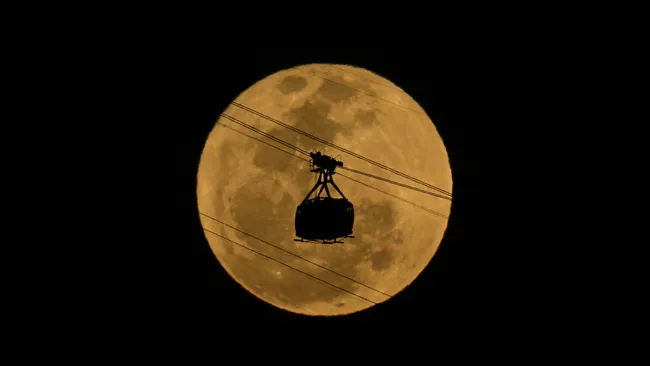
Just two days after the Geminids, the final full moon of 2024 will grace the night sky on December 14-15. Known as the Cold Moon, this celestial event marks the arrival of winter in the Northern Hemisphere. Its name originates from Native American and early colonial traditions, reflecting the frigid temperatures that dominate December nights. The Cold Moon is also known by other names, such as the Little Spirit Moon and the Hoar Frost Moon, depending on regional and cultural traditions.
The Ursid Meteor Shower: A Winter Solstice Gift
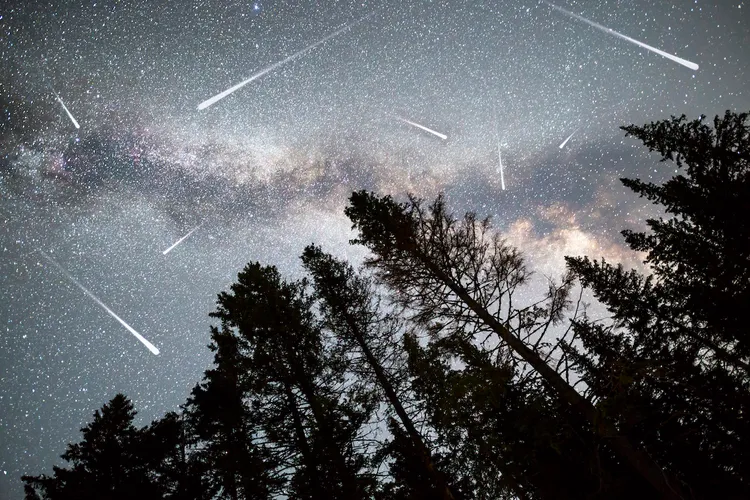
As the December solstice ushers in astronomical winter on December 21, the Ursid meteor shower adds a touch of magic to one of the longest nights of the year. Peaking on the night of December 21-22, the Ursids are less intense than the Geminids, producing around 10 meteors per hour. The Ursids originate from debris left behind by Comet 8P/Tuttle, with the radiant point located in the constellation Ursa Minor. Although smaller in scale, this shower has a charm of its own, often observed under the serene, quiet skies of early winter.
Tips for Enjoying December’s Night Sky
To make the most of December’s celestial offerings, consider the following tips:
- Find a Dark Sky Location: Light pollution can obscure your view, so seek out remote areas with minimal artificial light.
- Check the Weather: Cloud cover can ruin visibility, so plan your stargazing sessions around clear nights.
- Bring the Right Equipment: While many events can be enjoyed with the naked eye, binoculars or telescopes enhance your experience.
- Dress Warmly: December nights can be bitterly cold, so layer up to stay comfortable during extended viewing sessions.
- Use Astronomy Apps: Apps like Star Walk or SkySafari can help you identify constellations, planets, and meteor shower radiant points.
Conclusion: December’s Cosmic Highlights Await
December 2024 promises a month of celestial wonders, from the brilliance of Jupiter’s opposition to the streaking meteors of the Geminid and Ursid showers. These events not only captivate the imagination but also deepen our understanding of the universe and our place within it. Whether you’re a seasoned astronomer or a casual stargazer, the night sky offers a unique escape from the hustle and bustle of daily life. So bundle up, head outside, and let the cosmos inspire you.
